By 1940 Irène Némirovsky, who had arrived in France at the age of 16 as a refugee from Kiev, had become a prominent and successful novelist. In March of that year she celebrated what was to be her final publication day. She was Jewish, and for French publishers under Nazi occupation she had ceased to exist as an author when the German army entered Paris. But she continued to write. She moved with her children to a village in Burgundy, hoping to protect her family from the Vichy government’s manhunt, and she started work on her masterpiece, Suite Française, which would lie undiscovered until 2004.
She also started three other novels, two of which she finished. Both were published in France after the war. By then their author was dead. Némirovsky had been arrested by two local gendarmes on 15 July 1942 and sent to the nearby holding camp at Pithiviers. From there, two days later, she was selected to make up the numbers on Prison Convoy No. 6 and deported to Auschwitz, where she survived for less than a month. The fourth of her posthumous works, The Fires of Autumn, was eventually published in Paris in 1957 and it is the last of her wartime novels to be translated into English.
Described as a ‘prequel’ to Suite Française, it does bear some resemblance to that remarkable work in both its theme and its structure. Suite Française — which amounts to two parts of a planned trilogy — describes the state of France following the defeat of 1940. This translation of The Fires of Autumn is based on a re-edited text and is now presented as a completed
work, although there is evidence that it was unfinished, and in my view it is better read as a draft — in three parts — of what might have become an even more ambitious trilogy.
The time-span stretches from 1912 to 1941 and follows the story of France’s decline from an imperial and military power to an occupied nation whose army has been smashed, its soldiers dispersed ‘like the debris of a ship [that] sinks to the bottom of the sea during a storm’. The book attempts to explain how this national catastrophe came about. In this it echoes the work of another French writer, the historian Marc Bloch, who had been an elderly member of that defeated army and who, unknown to Némirovsky, was simultaneously writing his own classic account of the debacle, L’étrange défaite (Strange Defeat). There is an eerie resemblance between the wartime experience of Bloch and that of the fictional ‘Bernard’, the unheroic hero of Némirovsky’s novel. Like Némirovsky, Bloch, who became a member of the resistance and was shot by a German firing squad in 1944, never saw his work in print.
In The Fires of Autumn we follow the fortunes of a group of friends living in Paris in 1912; the young make plans, the men have a glittering future — medicine, the law or the École Polytechnique — unaware that they are members of a cursed generation, doomed to fight in two world wars. The central character, Thérèse, marries a young doctor who is killed in Flanders in 1915. The doctor’s best friend becomes a uniformed shirker, avoiding the battlefield while making useful political contacts. Bernard, the youngest member of the group, wins a medal and survives the fighting, but he is bitter and disillusioned in a postwar world that offers him no future. After the armistice the older generation, all-powerful before the war, become irrelevant and are brushed aside or die.
In the France of the 1920s Bernard is corrupted by Raymond, the quick-witted shirker, now an arms dealer. Raymond’s wife becomes Bernard’s mistress. Next, Bernard humiliates Thérèse, the childhood friend who has fallen in love with him. He seduces her and then marries her. They have a son whom Bernard ignores. The relationship between Bernard and Thérèse becomes a struggle between her common sense and decency and his cynicism and ambition. Repeatedly throughout their marriage Thérèse attempts to redeem Bernard. She believes that the strength of her love will eventually win him over. When he is with her, Bernard sees himself leading his father’s conventional existence, ‘sleeping in the bed where [his] parents died’.
He attempts to settle for this, but when Thérèse tells him that she is pregnant for the third time he walks out, and dedicates himself to a life of profit and pleasure. He returns to Raymond, who is pursuing a successful political career and has started to make a lot of money selling dud American engine parts to the French air force. Bernard’s son Yves takes his mother’s side. Yves sees his father and Raymond as members of a class that has ‘transformed morality into something grotesque’ and who are wrecking France by speculating against the franc and avoiding taxes. The men who had risked their lives for their country when they were Yves’s age were now selling ‘their souls for banknotes’. Eventually, a Dutch financier called Bernheimer ruins Bernard and he returns to Thérèse once more.
As might be expected in an early draft, some of the dialogue in The Fires of Autumn reads more like a public speech. Furthermore, the plotting can be threadbare and the characterisation cursory. Many of the minor characters are silhouettes; there is none of the author’s usual ability to simultaneously judge and understand the people she has created. But there are also memorable passages, particularly towards the end of the book. When the second war breaks out both Bernard and his son are called up. For the second time Thérèse has to remember how to behave when watching a soldier depart — no tears, no looking back. Bernard recalls how he had set out to fight the first time, when he had ‘waltzed into that butchery’ as if he were going to a ball. This time he knows what to expect.
The description of the French soldiers fleeing from the battle of Dunkirk, forced to swim among barrels of supplies abandoned by the British army, is as vivid as anything in Suite Française. Leading his men through the rout, Bernard sees himself as a symbol of his country’s ruin. As they wander among the refugees, beneath skies crowded with unchallenged enemy planes, he reflects that the battle was not lost on the day the Germans entered Belgium. The Battle of France had been lost 20 years earlier by men like himself — men who loved pleasure and money and thought that everything would turn out all right in the end. By this time Yves — who has joined the air force — is dead; his plane has crashed because it was fitted with dud American engine parts.
At the end of the book Thérèse is living in a remote country settlement surrounded by woods, waiting for Bernard, ‘her prisoner of war’, to come home. She is a devout Catholic (like Némirovsky herself, who had first asked to be received into the church in 1938, shortly after the Munich Agreement). Thérèse prays for Bernard’s return. The idea of redemption through love is of course a profoundly Christian idea. It is autumn, the village smells of wood smoke, the fields smell of ‘the purifying fires of autumn’.
In the past, critics have tried to dismiss the book (together with Némirovsky’s conversion) as a desperate attempt to curry favour with the Vichy regime by saluting its values, (‘travail, famille, patrie’). And it is true that the author wrote to her unresponsive publisher claiming that if The Fires of Autumn were to become available this would ‘open many doors’ and ‘remove a few difficulties’. But a less cynical reading makes more sense of the story — and in particular of the final pages — which can be understood as an allegory of the author’s fate as well as that of her country. Just as Suite Française expressed Némirovsky’s anger (‘My God! What is this country doing to me? Since it rejects me…let us watch it lose its honour and its life blood’), so The Fires of Autumn expresses her enduring love for the France that had spurned her and was about to betray her.
Since it is a story about the French governing class, it is appropriate that (in contrast to much of Némirovsky’s work) none of the main characters is Jewish. Instead, the author focuses on those people she held responsible for her adopted country’s downfall. In a key passage, quoted in Euan Cameron’s translation of the biography of Némirovsky (by Olivier Philipponnat and Patrick Lienhardt), Bernard reflects:
At the moment of failure it is human instinct to erect invincible barriers of hope. A feeling of unhappiness must remove these barriers one by one and only then failure finds its way into man, straight into his very heart. Then, little by little, man recognises his enemy, calls him by his rightful name and is horrified.
At the time she wrote those words Irène Némirovsky, like Thérèse, was living with two small daughters in a village that smelt of wood smoke, hoping, possibly even praying, for a miracle. In the author’s case, it never came.
Got something to add? Join the discussion and comment below.
Get 10 issues for just $10
Subscribe to The Spectator Australia today for the next 10 magazine issues, plus full online access, for just $10.
Available from the Spectator Bookshop, £14.99 Tel: 08430 600033
You might disagree with half of it, but you’ll enjoy reading all of it. Try your first month for free, then just $2 a week for the remainder of your first year.

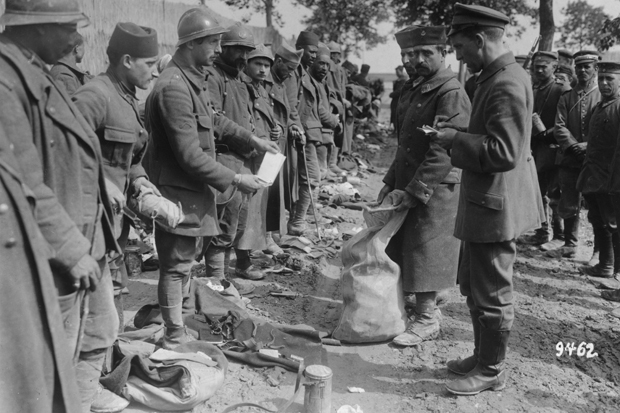
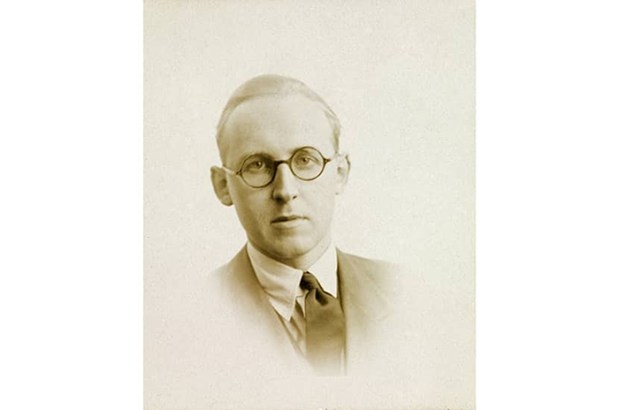
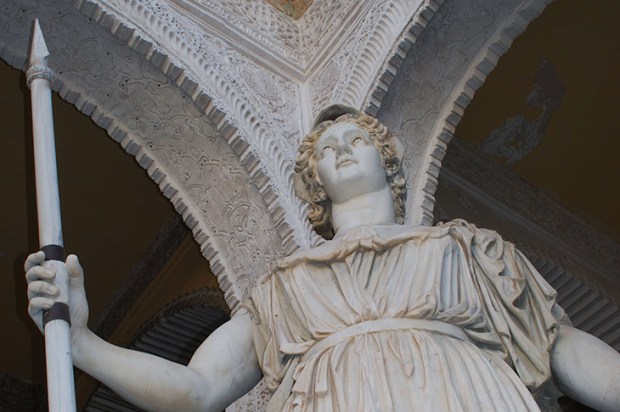
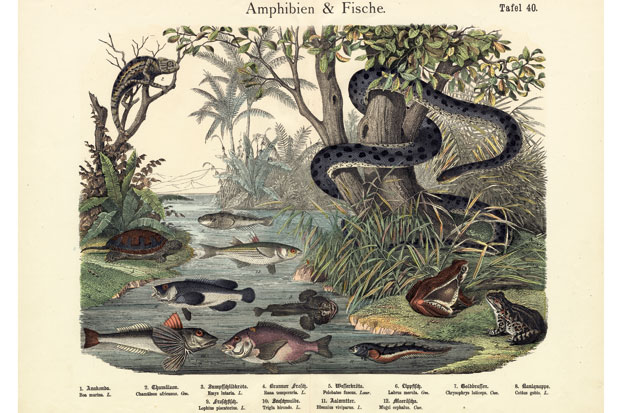
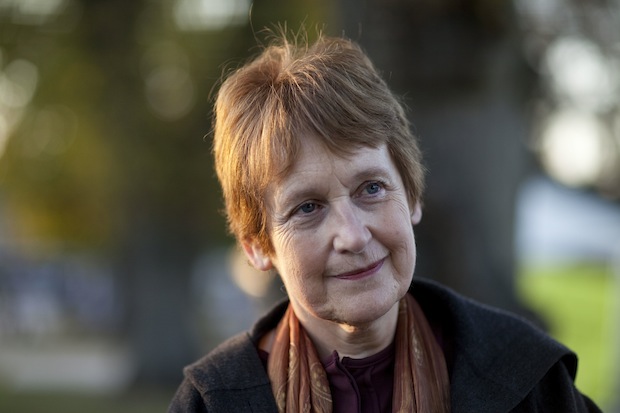
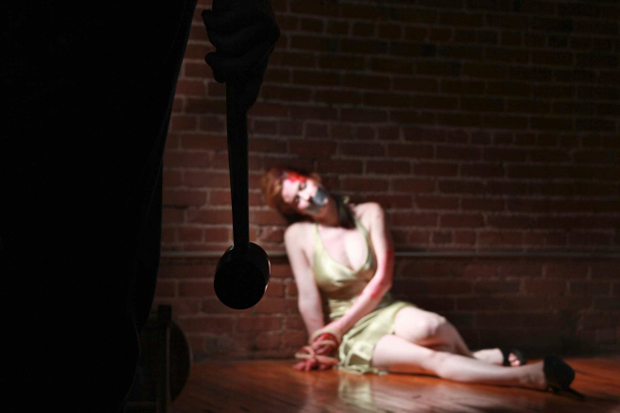
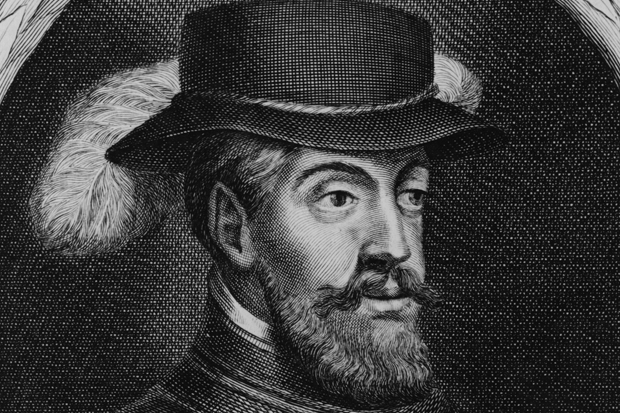






Comments
Don't miss out
Join the conversation with other Spectator Australia readers. Subscribe to leave a comment.
SUBSCRIBEAlready a subscriber? Log in